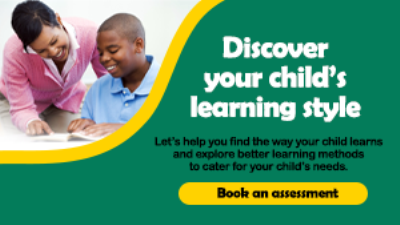
Students with an expressive language disorder have problems using oral language or talking. The student’s understanding of language is likely to outstrip his/her ability to communicate with the spoken word. There may be a reticence to talk and students may resort to pointing or gesturing to get their message across. Expressive language may lack variation in intonation or volume. Imaginative play and social use of language may be further impaired. Students may have difficulties in describing, defining and explaining, and in retelling stories/events. Limited vocabulary may result in the students using empty phrases and non-specific words. Expressive language difficulties may impact on the students’ abilities in relation to writing, spelling, composing sentences/compositions and answering all but the most straightforward of questions. There may be evidence of omission of function words such as ‘the’ and ‘is’, and grammatical markers such as tense endings. Difficulties may be noted in the formulation of full sentences and in the understanding of multiple word meanings. Difficulties may occur in establishing and maintaining peer relationships.
Strategies for Learning and Teaching
- Teach an understanding of words and concepts through the use of actual objects and progress from the concrete to the abstract.
- Consistently check understanding.
- Seat the student in a position that facilitates the use of prompts, cues or other strategies during learning and teaching.
- Before initiating conversation it is important to ensure that the student’s attention has been secured.
- Use a slower speech rate if necessary as this facilitates the processing of information. However, it is important that the speech rate is not so slow as to lose the continuity of the message.
- It may be necessary to exaggerate and use gestures when helping a student with a severe receptive language disorder understand the meaning of a word that symbolises an object or an action. Depending on the age of the student it sometimes helps to involve the students in selecting the strategy that works best for them.
- Use pictures or photographs to reinforce and review the vocabulary that has been taught.
- Use role play as a regular feature of language learning as this helps alternate speaker/listener roles.
- An understanding of sentences is difficult for these students and often presents in the classroom with difficulties in following instructions and poor oral comprehension. Give simple directions in sentences to provide students with experiences in understanding sentences (e.g. ‘Put the book on the table’, etc). Have students repeat what they have heard to check understanding.
- Activities such as conversations, discussions, radio/television broadcasts, puppetry, telephoning, reporting, interviewing, telling jokes/riddles, book reports and role playing can be used to develop oral language activities.
- Co-operative learning can be used to encourage discussion.
- Have clear rules stipulating that the verbal contributions of all students have equal value.
- Be aware of the role that misunderstanding can have in possible behaviour and/or social problems.
- As some students may have to attend speech and language therapy sessions during school time, try to ensure students will not always be missing out on the same subject/activity.


